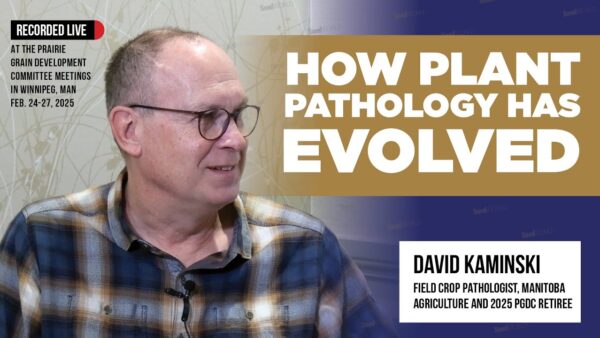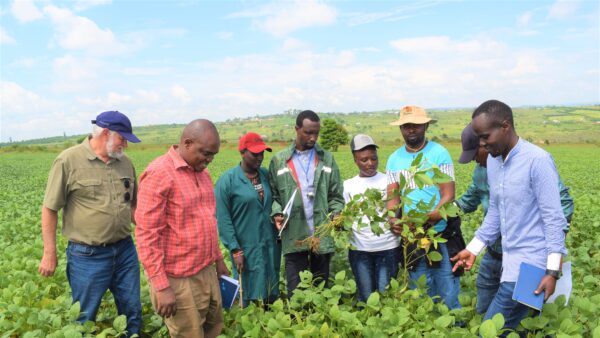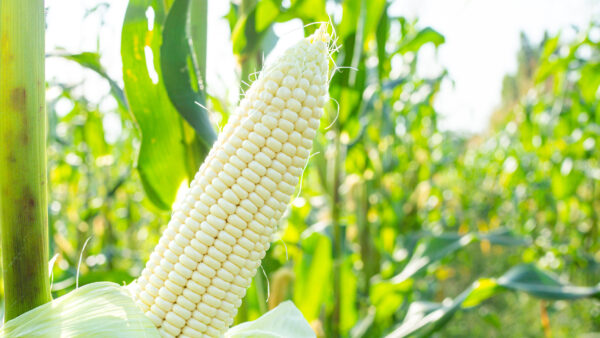At the upcoming Euroseeds Congress in Copenhagen, a very bright spotlight will shine on innovation, with the Congress’ InnovAction Stage as the main centrepiece. As I sit enjoying a decent roof over my head, central heating, a cup of tea made with water boiled from my electric kettle, I ponder the power of innovation and ask myself: where we would be without innovation? Well, I guess, we’d be sitting around a campfire and living in caves, and I’m pretty sure nobody wants to go back to that era. All joking aside, innovation is absolutely critical to the long-term success of the seed sector, and I applaud Euroseeds and others’ efforts to support it.
Where Merriam Webster provides a rather meagre definition of innovation as ‘a new idea, method, or device or the introduction of something new’, I prefer defining innovation as the process of bringing about new ideas, methods, products, services, or solutions that have a significant positive impact and value. It all starts with a creative concept, which is then transformed into a tangible outcome that addresses unmet needs or, in the case of a process, improves efficiency and effectiveness.
Driving Human Progress
Innovation has long been the engine driving human progress, reshaping societies, and transforming industries. From the wheel to the internet, each breakthrough has built upon the efforts and ingenuity of countless others who dared to envision a different future. The power of innovation lies in its ability to solve problems, create new opportunities, and push the boundaries of what we believe is possible. While the concept of innovation is as old as humanity itself, it is reshaping our world faster than ever before.
Innovation in the Plant Breeding and the Seed Sector
One of the most significant areas where innovation has had a profound impact is in agriculture in the broad sense, including the plant breeding and seed sector. The development of new plant varieties and improved seeds has been instrumental in addressing food security, increasing crop yields, and making agriculture more sustainable.
As most of you know, the 20th century saw tremendous advancements in plant breeding, driven by the discovery of the principles of genetics by Gregor Mendel and the later development of biotechnology. The Green Revolution of the 1960s and 1970s, which introduced high-yielding varieties of wheat and rice, is a prime example of how innovation in plant breeding can have a transformative impact. This revolution helped to alleviate hunger in many parts of the world by dramatically increasing food production.
At the Forefront
Today, the seed sector continues to be at the forefront of agricultural innovation. Companies are investing in research and development to create seeds that are more resilient to climate change, pests, and diseases. For example, drought-tolerant crops are being developed to help farmers cope with increasingly erratic weather patterns. Similarly, pest-resistant varieties reduce the need for chemical pesticides, contributing to more sustainable farming practices.
Moreover, the advent of CRISPR and other gene-editing technologies has opened up new possibilities in plant breeding. These technologies allow for precise modifications to plant genomes, enabling the development of crops with enhanced nutritional content, better storage life, and other desirable traits.
The seed sector’s role in innovation extends beyond just improving crop yields. It also plays a crucial part in preserving biodiversity. By developing and distributing a wide variety of seeds, breeders help to maintain a diverse gene pool, which is vital for the resilience of agricultural systems in the face of environmental changes.
Creative Destruction
At the very heart of innovation is creative destruction: the deliberate dismantling of established processes to make way for improved methods of production. Though the concept sounds negative, it is a critical component of innovation-driven change and growth. It is most often used to describe disruptive technologies such as the railroads or, in our own time, the internet. The term was coined in the early 1940s by economist Joseph Schumpeter, who observed real-life examples of creative destruction, such as Henry Ford’s assembly line.
Creative destruction can be seen across many different sectors, including within the plant breeding and seed sector, with obvious examples including F1-hybrids, genetic modification, gene-editing and so on. The challenge is that creative destruction can be a double-edged sword. While it leads to progress and the creation of new activities, industries and jobs, it also renders existing ones obsolete. There can be unintended consequences such as temporary losses of jobs, environmental repercussions, and power inequity. This isn’t news: the advent of automobiles led to the decline of horse-drawn carriages; digital cameras caused the downfall of traditional film-based photography.
This process can be painful for those who are part of the sectors being disrupted. However, I think we can all agree that innovation is essential for long-term economic growth and development. Creative destruction also forces companies to move beyond the status quo into creative new spaces: adapting, innovating, or risking becoming irrelevant. It is through this constant cycle of renewal that economies stay dynamic and capable of meeting new challenges. Standing still is basically going backwards.
Harnessing the Power
The power of innovation is undeniable. It has shaped the course of human history and continues to drive progress across all sectors of society. From the ancient inventions that laid the foundation for modern civilization to the ongoing advancements in plant breeding and the seed sector, innovation is at the heart of human development.
As we look to the future, the challenge will be to harness this power responsibly, ensuring that we create an environment where the benefits of innovation can be shared widely in ways that empower an ongoing cycle of innovation and ultimately improves all of our lives. We must be prepared to adapt to the changes it brings. In the seed sector, as in all fields, innovation will be key to addressing the global challenges of the 21st century, from feeding a growing population to mitigating the impacts of climate change. I welcome the changes ahead.
We referenced a lot of articles in our editorial – if you did not click on the links, check them out here:
Why Worry about Wolves and the Weather? https://www.seedworld.com/europe/2019/02/12/why-worry-about-wolves-and-the-weather/
All in One Lifetime! https://www.seedworld.com/europe/2021/04/19/all-in-one-lifetime/
Genes, Trains and Automobiles https://www.seedworld.com/europe/2018/02/21/genes-trains-automobiles/
We Can’t Do it Without Patents https://www.seedworld.com/europe/2024/02/02/we-cant-do-it-without-patents/
We’re All Peas in a Pod Thanks to Gregor Mendel https://www.seedworld.com/canada/2022/03/31/were-all-peas-in-a-pod-thanks-to-gregor-mendel-3-2/
20 Most Famous Plant Breeders https://www.seedworld.com/europe/2022/07/20/20-most-famous-plant-breeders-1-5/
Global Seed Sector Timeline https://www.seedworld.com/europe/2024/01/04/global-seed-sector-timeline/
You are Myth Taken: GMOs https://www.seedworld.com/europe/2023/12/20/you-are-myth-taken-gmos-2/
Plant Breeders’ Rights: Fact from Fiction https://www.seedworld.com/europe/2023/12/18/plant-breeders-rights-fact-from-fiction-2/
The World Got a New Pair of Scissors! https://www.seedworld.com/europe/2020/11/16/the-world-got-a-new-pair-of-scissors/












